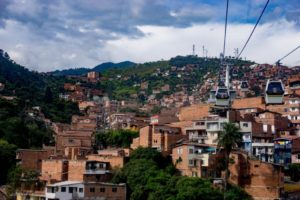We took some common New Year resolutions and put our SWA spin on them. This year, make resolutions to improve the built environment in 2020!
- Go on a (Carbon) Diet – diets are difficult, but as with all things, moderation is key. Reducing operational carbon use with super-efficient buildings is only part of the equation. We also need to understand the full Life Cycle of carbon use including building materials and products. Fortunately tools such as EC3 are making these analyses easier to understand; and products, including lower carbon insulation options and lower carbon concrete, are becoming readily available.
- Quit Smoking – enforcing no smoking policies is one of the best strategies to improve the health of all building occupants. If you do allow smoking, make sure you develop a good fresh air strategy and compartmentalize your units with a good air barrier. And check out more of our strategies for healthy indoor environments.
- Save More Money – lighting provides a significant area for savings. Sure, LEDs are great, but efficient design also means considering lighting power density (LPD). High efficiency fixtures placed in high concentrations still use a lot of energy and can result in over-lit spaces, which drive up upfront and operating costs. Lower your bills and the harsh glare with a smart lighting design.
- Travel More – seek out hotels and restaurants that people of all abilities can navigate with ease. Access Earth is an app that tracks the accessibility of public spaces worldwide to help take the guesswork out of accessible accommodations in new locations.
- Learn a New Skill or Hobby – looking to expand your horizons? Check out SWA Careers and join our team of change-makers to help develop and implement innovative solutions to improve the built environment.


